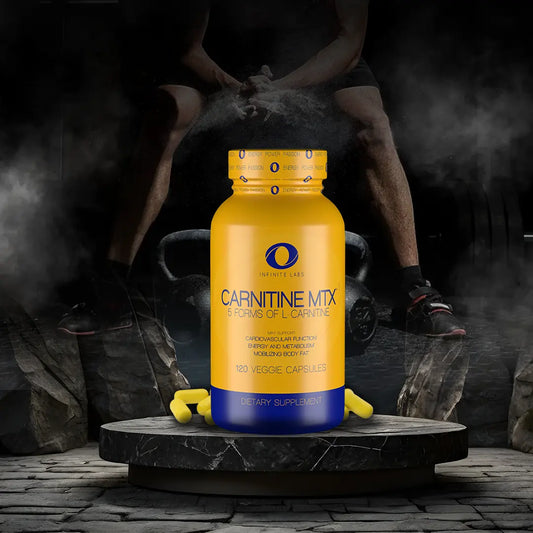

Shock Therapy: Training for Muscle Mass
Table of Contents
Shock Therapy: Training for Muscle Mass
By:Robbie Durand
If you were to read Arnold Schwarzenegger’s Encyclopedia of Bodybuilding, you would know that Arnold was a huge advocate of training opposing muscle groups. One of his most common splits he used was training chest and back together. Arnold did the same for his arms as well, like biceps and triceps. This is not something that is commonly seen today in the gym, but according to new research presented this month in the Journal of Strength and Conditioning Research, paired training or training opposing muscle groups beats traditional resistance training for increasing volume in the gym and not only that, its faster!! Anecdotal observations and the scientific data reveal that paired set training is an effective way to get more volume in a workout session of equal time or get in a workout of the same volume in less time, while maintaining crucial aspects that elicit adaptations to occur, such as power and intensity.

In one of the studies investigating effectiveness of paired training, researchers had subjects performed the exercises using the traditional method in session and using paired sets in another session, they performed paired training during bench pulls and bench press. At the end of the study, despite performing the same amount of work, the paired set session took roughly half as long, the trainees were able to maintain the same volume load (use just as much weight) throughout the session, and that there were no significant differences in EMG data, inferring that neuromuscular fatigue was no greater in the paired set group. Another positive benefit is that paired training burns more calories per session than traditional training. Studies have found that paired sets elicit greater energy expenditure during the workout session, because the person is performing 2 exercises instead of one in the same time frame. For example, Kelleher et al put a group of young men through a full 6 exercise, 4 sets each workout and found paired set training elicited an energy expenditure of 8.3 calories per minute compared to only 6.3 calories per minute for traditional sets. A new study just released in the Journal of Strength and Conditioning Research suggests that paired training can not only increase your training volume, but also can help get you out of the gym faster.

Researchers investigate the acute effects of performing paired-set versus traditional set training over three consecutive sets, on volume load and electromyographic fatigue parameters of the latissimus dorsi, biceps brachii, pectoralis major and triceps brachii muscles. Fifteen trained males performed two testing protocols (traditional set training and paired set training) using 10-repetition maximum loads.
The traditional set training protocol consisted of three sets of bench press followed by three sets of wide-grip seated row. Paired-set consisted of three sets of BP and three sets of seated row performed in an alternating manner. Volume load was calculated as load x repetitions.
Under the paired-set protocol, sets of wide-grip seated row were performed immediately following sets of bench press. A two-minute rest interval between the completion of the set of wide-grip seated row and the subsequent set of bench press was implemented (e.g.,, between paired sets).
Under the traditional set training protocol two-minute rest intervals were implemented between all sets. Bench press and wide-grip seated row volume loads decreased significantly from set 1 to set 2 and from set 2 to set 3 under both conditions. Volume load was greater for all sets of both exercises under paired set training as compared to traditional set training. Muscle fatigue indices were greater under paired-set as compared to traditional set training. In general, these results indicate that compared to traditional set training, paired-set produced a greater training volume in less time and may induce greater fatigue and thereby provide an enhanced training stimulus.
Paz, Gabriel, et al. “Volume Load and Neuromuscular Fatigue During an Acute Bout of Agonist-antagonist Paired-set Versus Traditional-set Training.” The Journal of Strength & Conditioning Research (2015).
Robbins DW, Young WB, Behm DG, et al. 2010 Physical performance and electromyographic responses to an acute bout of paired set strength training versus traditional strength training. J Strength Cond Res. 24(5):1237-45.
Robbins DW, Young WB, Behm DG, Payne WR. 2010 The effect of a complex agonist and antagonist resistance training protocol on volume load, power output, electromyographic responses, and efficiency. J Strength Cond Res. 24(7):1782-9.
Robbins DW, Young WB, Behm DG, Payne WR. 2010 Agonist-antagonist paired set resistance training: a brief review. J Strength Cond Res. 24(10):2873-82.
MUSCLE MEDIA MAGAZINE FOR MEN
The premier source of training, nutrition, supplements, fat loss and health for men.

















